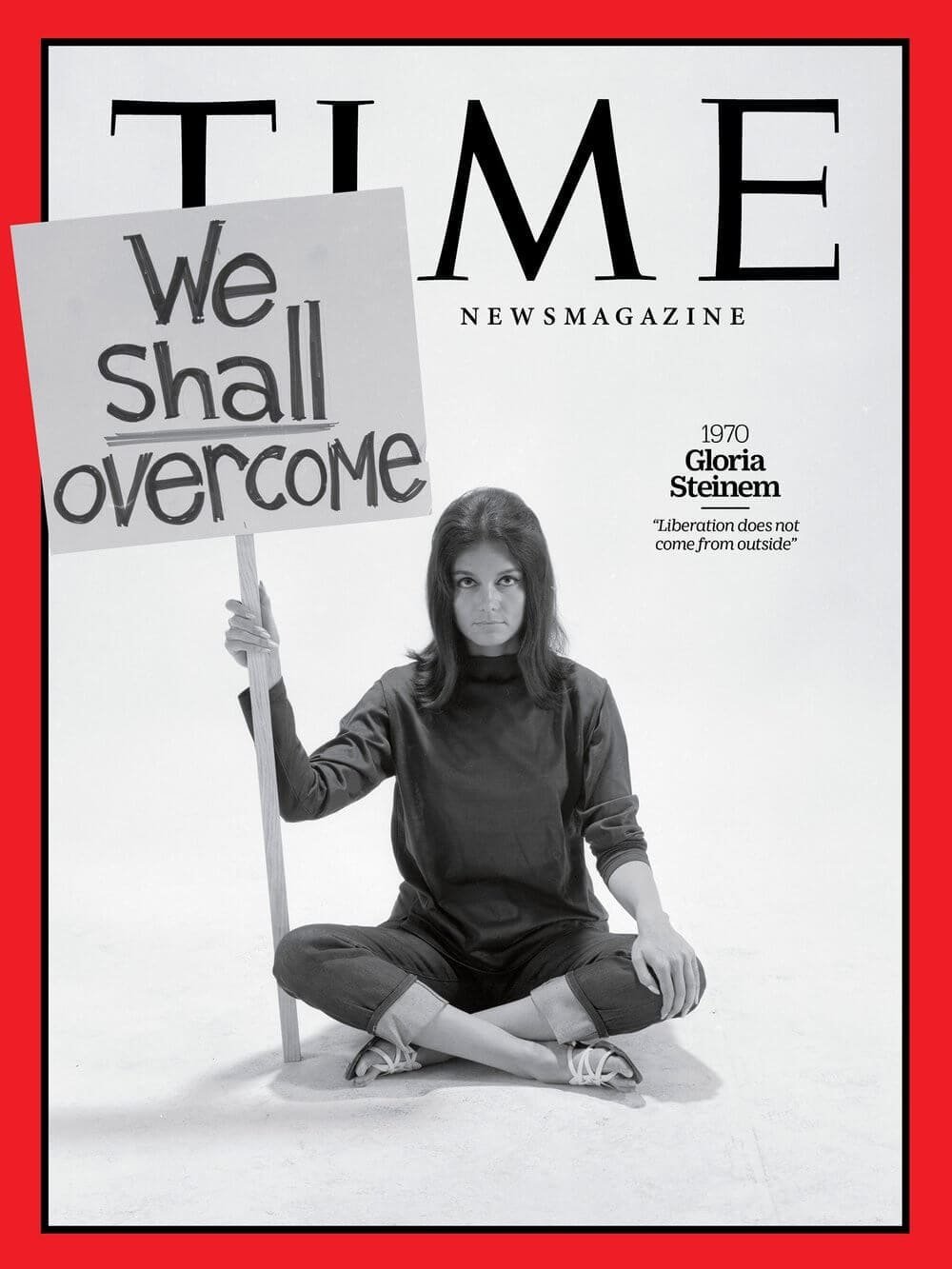UN WOMEN ON GLOBAL GENDER EQUALITY
With feminists of all stripes reverberating from the US Supreme Court’s decision on Roe vs. Wade, gender equality is no fait accompli! We spoke to Lopa Banerjee and her team at UN Women to get a birds-eye view on where we stand in the world today.
What are the biggest barriers to gender equality globally?
Women are not free from violence or paid fairly for their labour. Gender equality starts with the rights of women, girls and those who identify as gender diverse, to be free from all forms of violence to their bodies and to be justly remunerated for the labour they carry out in their homes and in public.
One of the greatest barriers to gender equality globally, is the persistence of gender-based violence. Gender-based violence includes all forms of physical, sexual, mental, and economic harm, or threats of this harm, inflicted on individuals based on their gender, in public or private life. The United Nations estimates that, across the world, at least one in three women will experience gender-based violence in her lifetime. Gender-based violence can take many forms at the interpersonal level, such as sexual violence, intimate partner violence, female genital mutilation, so-called ‘honour crimes,’ etc. But it is also hostility toward women in political life, State- and corporate-sanctioned policing and killings of women who are fighting for rights in their communities. It includes the use of rape and forced sterilization as weapons of war and genocide. Gender-based violence is related to the ability of women and girls to have autonomy over their bodies, to feel safe in their bodies, and to have the ability to make their own decisions about their bodies. It is thus linked to women’s right to health including their sexual and reproductive health and rights. In times of crises such as conflict or environmental disasters or the COVID-19 pandemic or migration, among others, gender-based violence increases significantly.
Since the outbreak of COVID-19, violence against women and girls has morphed into what the UN has justly labelled the ‘Shadow Pandemic’, with rates dramatically increasing across countries. According to UN Women Rapid Gender Assessments in over a dozen countries, since the pandemic began, 7 in 10 women reported increases in verbal or physical abuse by an intimate partner, 6 in 10 women reported increases in public sexual harassment, and 4 in 10 women reported feeling more unsafe in public spaces. These figures are even higher among food-insecure women, young women and adolescent girls, women with children, unemployed women, and women living in rural areas. Rates of violence have been exacerbated by isolation with abusers, cramped living conditions, movement restrictions, deserted public spaces, and strains to household income, health, and security.
Women, girls, and people who identify as gender-diverse remain deprived of their right to make decisions about their own sexual and reproductive health, sexual choices, and related issues. The right to bodily autonomy can only be achieved if women, girls, and gender-diverse people are able to make autonomous decisions about their bodies free from coercion, violence, and discrimination. Yet worldwide, 45% of girls and women aged 15-49 who are married cannot legally make their own decisions about healthcare, contraception, sexual practices and choices, including saying “no” to sex. These violations of women’s and girls’ rights to bodily autonomy have particularly disturbing effects on young women and adolescent girls. According to the World Health Organisation, globally, 1 in 4 girls aged 15-19 have unmet needs for contraception and approximately 70,000 girls die each year from pregnancy or childbirth complications, making it the second leading cause of death for girls aged 15-19 worldwide.
Another major barrier to gender equality globally is the systemic undervaluing of women’s paid and unpaid labour. Expressing how we care for one another and valuing the contribution that this makes to our individual and collective well-being surfaces the critical role that women’s care work, whether paid or unpaid, plays in our societies and economies. Women’s unpaid care work includes household duties such as cooking, cleaning, water and fuel collection, childcare, or elder care. The total value of women’s unpaid care and domestic work is estimated to be between 10 and 39% of global gross domestic product, contributing more to the economy than sectors like manufacturing, commerce, or transportation.
Before the pandemic, women spent triple the amount of time as men performing unpaid care and domestic work, and this has only increased during the pandemic. Research from the World Economic Forum indicates that mothers of children under age 12 were nearly three times as likely as fathers to take on all or most of additional care work related to school and/or childcare facility closures. Where they do exist, social protection mechanisms are implemented in such ways (for instance, privileging non-migrant, middle-class, married, formally employed, cisgender women with children) as to widen inequalities between women across other dividing lines like income, race, etc. This is just one of many entry points of what legal scholar and civil rights advocate, Kimberlé Crenshaw, has called intersectionality, a feminist legal framework for understanding the ways gender, race, class, and other characteristics ‘intersect’ with one another to form mutually constitutive forms of discrimination and marginalisation.
Women’s unemployment and underemployment are rising in most parts of the world, social protections and labour rights are facing unprecedented erosion, and pressures on women’s unpaid work continue to increase in response to the pandemic, austerity measures, aging populations, rising dependency ratios, and climate change. In low-income countries, up to 92% of employed women work in the informal economy, where they routinely work for lower wages and in unsafe conditions without any protection of labour laws or social benefits such as pension, health insurance, or paid sick leave. Moreover, within all sectors and both formal and informal economies, there is striking occupational segregation, with women typically occupying the lowest occupational categories, earning less, and having fewer entitlements to social security and pensions. The vastly unequal representation of women in leadership roles reinforces this and is underpinned by imbalanced care burdens and unsustainable forms of paid labour.
No country in the world has achieved gender equality, and barriers to gender equality like gender-based violence and the undervaluing of women’s labour are global phenomena. We have pockets of extreme wealth concentrated mainly in industrialized, global North countries – what some economists refer to as the ‘Minority World’, given that this is where we find a small percentage of the world’s people. Then we have countries of significantly lower income mainly in the global South, or what some economists refer to as the ‘Majority World’, given that this is where we find most of the world’s people. That said, the interconnectedness of the global North and South through globalized trade, migration, technology, conflict, and humanitarian crises results in an interlinking of gender-related issues. This is visible in the ongoing fallout of Russia’s invasion of Ukraine, for example, which has resulted not only in egregious forms of physical and sexual violence against Ukrainian women and girls but in a global food crisis disproportionately impacting women and girls in other conflict-ridden areas, namely Yemen, the Sahel, Somalia, and Afghanistan. By identifying these transnational linkages and seeing patriarchy as integral to the systems and institutions that shape our societies, we can better identify and collectively respond to the multi-layered, structural barriers to gender equality globally.
Developed markets or not, countries across the world are witnessing widespread erosion of democratic institutions, growing authoritarianism, and a rise in right-wing, populist leaders promoting anti-gender and anti-rights rhetoric and policy. At the same, we are seeing the rise of local action and transnational solidarity in response, as demonstrated by movements like Black Lives Matter, Me Too, Ni Una Menos, the fight for climate justice, LGBTIQ+ rights, among others. So, from my vantage point, I would argue rather that we are in an age of reinvigorated action and civic engagement across geographic contexts, sectors, and issue areas. In fact, UN Women saw a real-time demonstration of this phenomenon at the 2021 Generation Equality Forum in Mexico City and Paris, where participants from all regions and all sectors of society – States, youth leaders, civil society, the private sector, artists, and academia – came together to define and announce bold policy and financial commitments for gender equality along several cross-cutting issue areas, such as economic justice and rights, technology and innovation, climate justice, among others. This kind of multisectoral, intersectional, and intergenerational action would not be possible without the existing architecture of local activism and transnational solidarity, and we at the UN are working to sustain these movements through networked, multilateral action.
What role can businesses and entrepreneurs take in helping us achieve gender equality?
As a start, it is critical for the business community to fully embrace the current understanding of work as defined by the International Labour Organisation (ILO) and enshrined in its conventions, which include unpaid work as central to social and economic reproduction. Companies must also do their part to close the gender pay gap, not by merely meeting requirements of pay equity, but by adopting a comprehensive approach, addressing and combating all forms of workplace discrimination and violence, including sexual harassment, and prioritizing the physical and mental health of employees in all their diversity, with specific provisions for addressing innately imbalanced care burdens.
Businesses can also do their part by improving the quality and accessibility of wage data, promoting policies that eliminate gender stereotyping and discrimination along other axes of power in the world of work, redesigning and enacting family responsive services, such as shared parental leave schemes and increased flexible working arrangements that build enabling working environments for women and people of all genders, adopting measures that properly value and/or reduce and redistribute women’s unpaid care work, and promoting women’s equal participation across all sectors of the workforce.
While some bold moves have been made in recent years (for example, pay equity legislation and policy and on ending violence against women and girls), progress is still too sluggish. For example, the World Economic Forum estimates that it will still take more than 250 years until women and men receive equal pay! Clearly much bolder and effective and most importantly, collective action is required to redress this, including from the private sector. It is only collective impatience for change and collective action that will bring about a more just future for women in the workforce.

